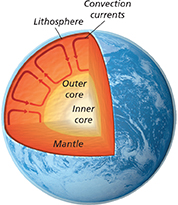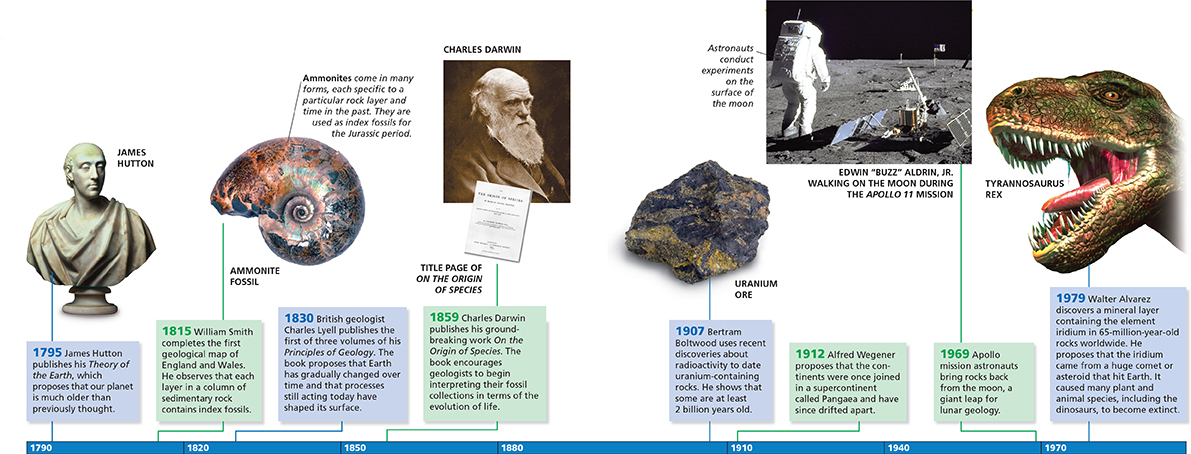Figure 28 Heat flows from Earth's hot interior toward the cooler surface mainly through large convection currents in the mantle. Plates are the uppermost part of a global convection system.

The process that drives plate movement on Earth's surface is similar to convection in a pot of boiling soup. The soup is heated from below and rises to the top of the pot, moves across the top and cools, and then sinks back down.
The heat that drives convection in the mantle comes from two sources. Earth was very hot when it first formed, and some of the heat moving upward in convection currents is due to the gradual cooling of its interior. A second source of heat is the result of the decay of radioactive isotopes that are distributed throughout the mantle and crust.
 SCIENCE and History
SCIENCE and History
Milestones in Geology
Scientific knowledge about Earth's age and geological history has mostly been gathered since the late 1700s. Some of the major advances are described here.





